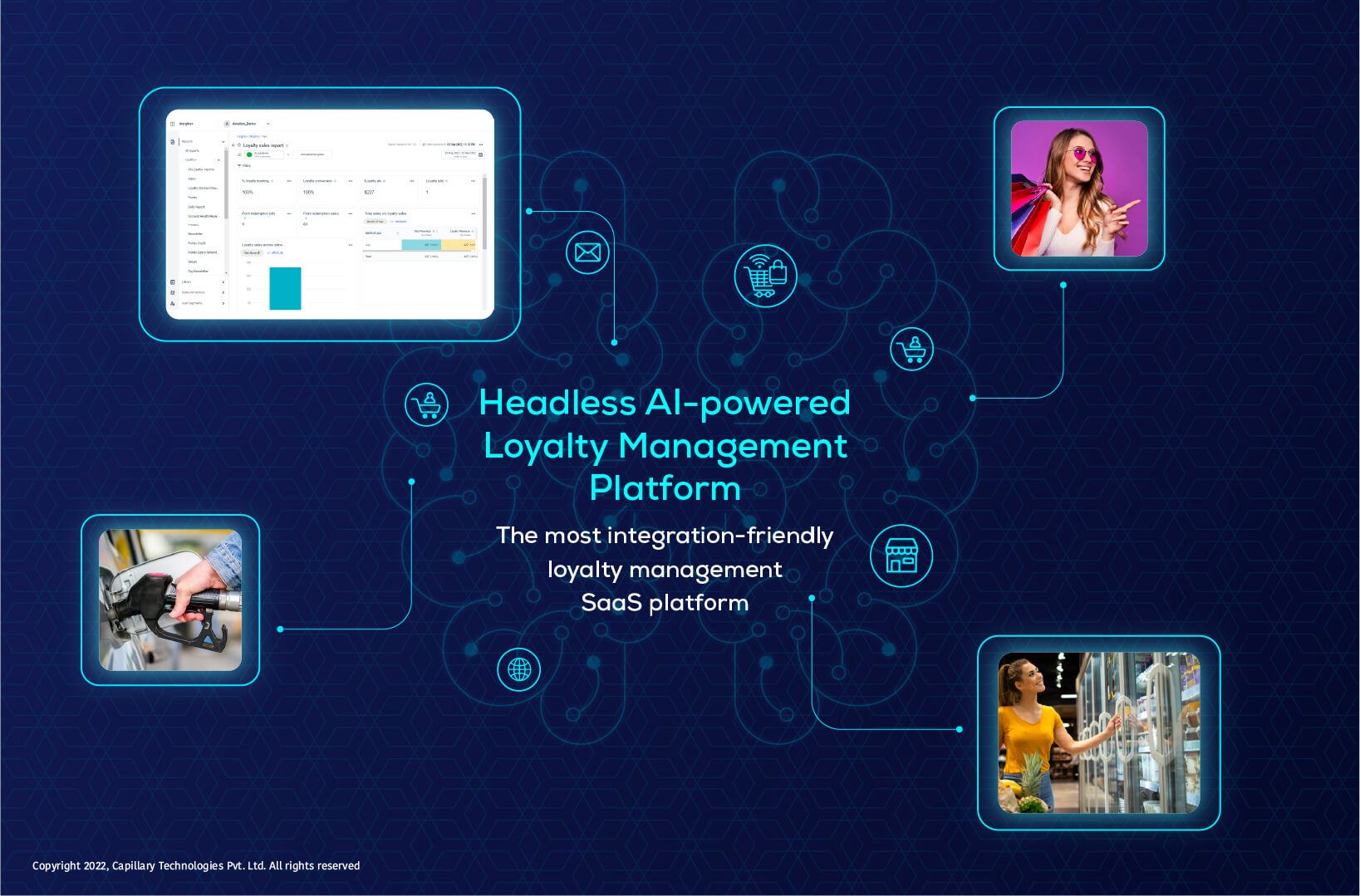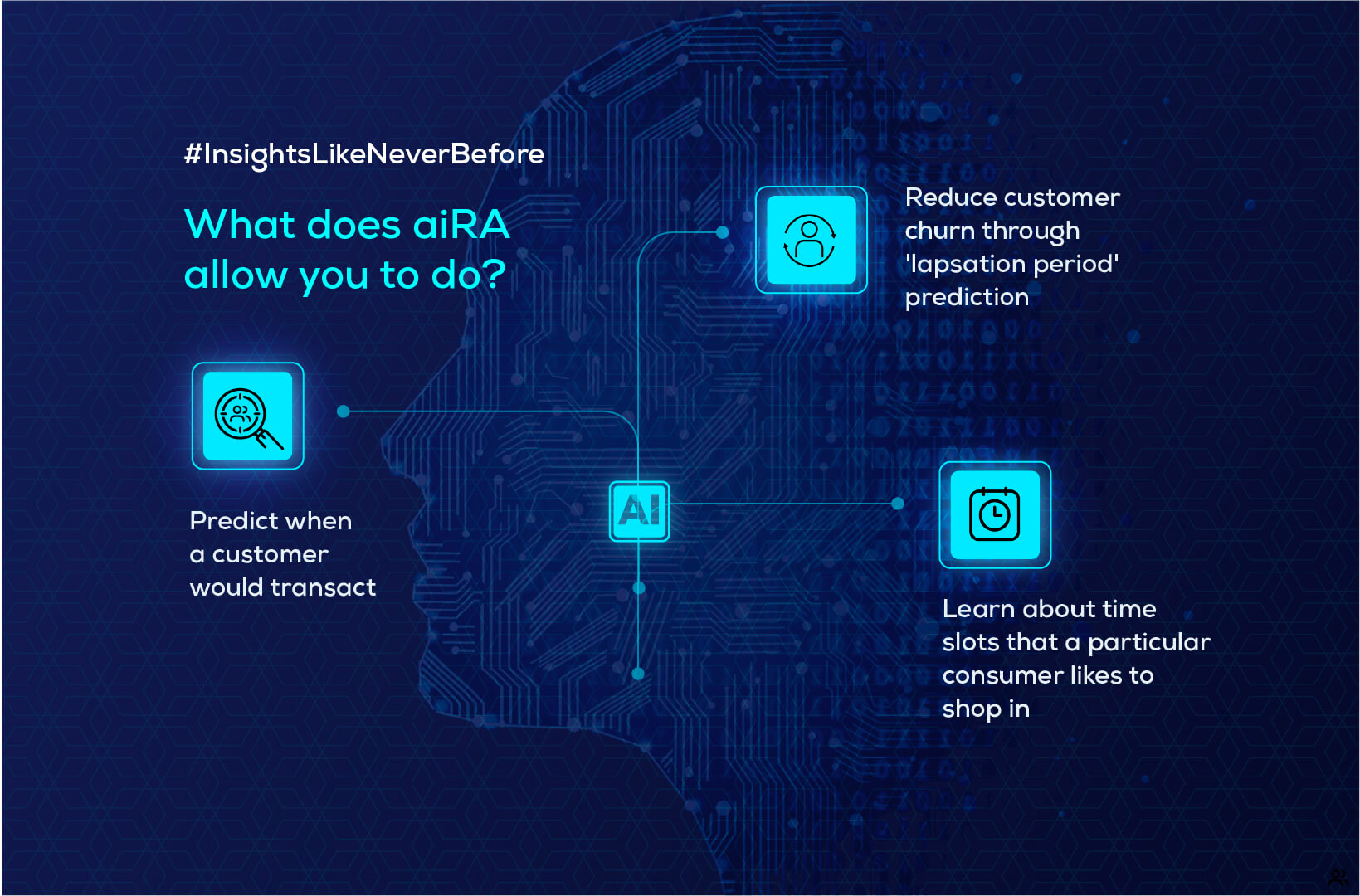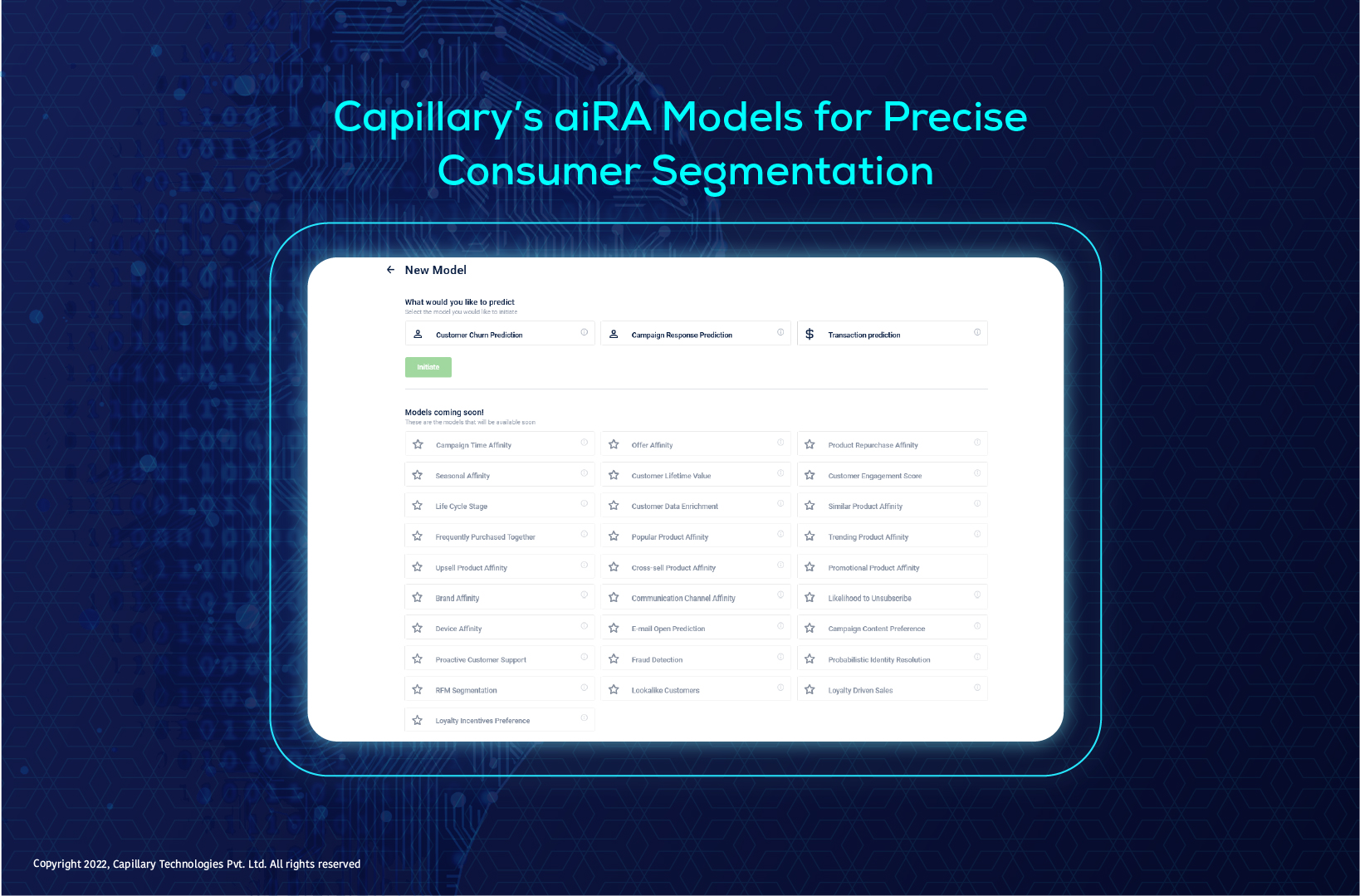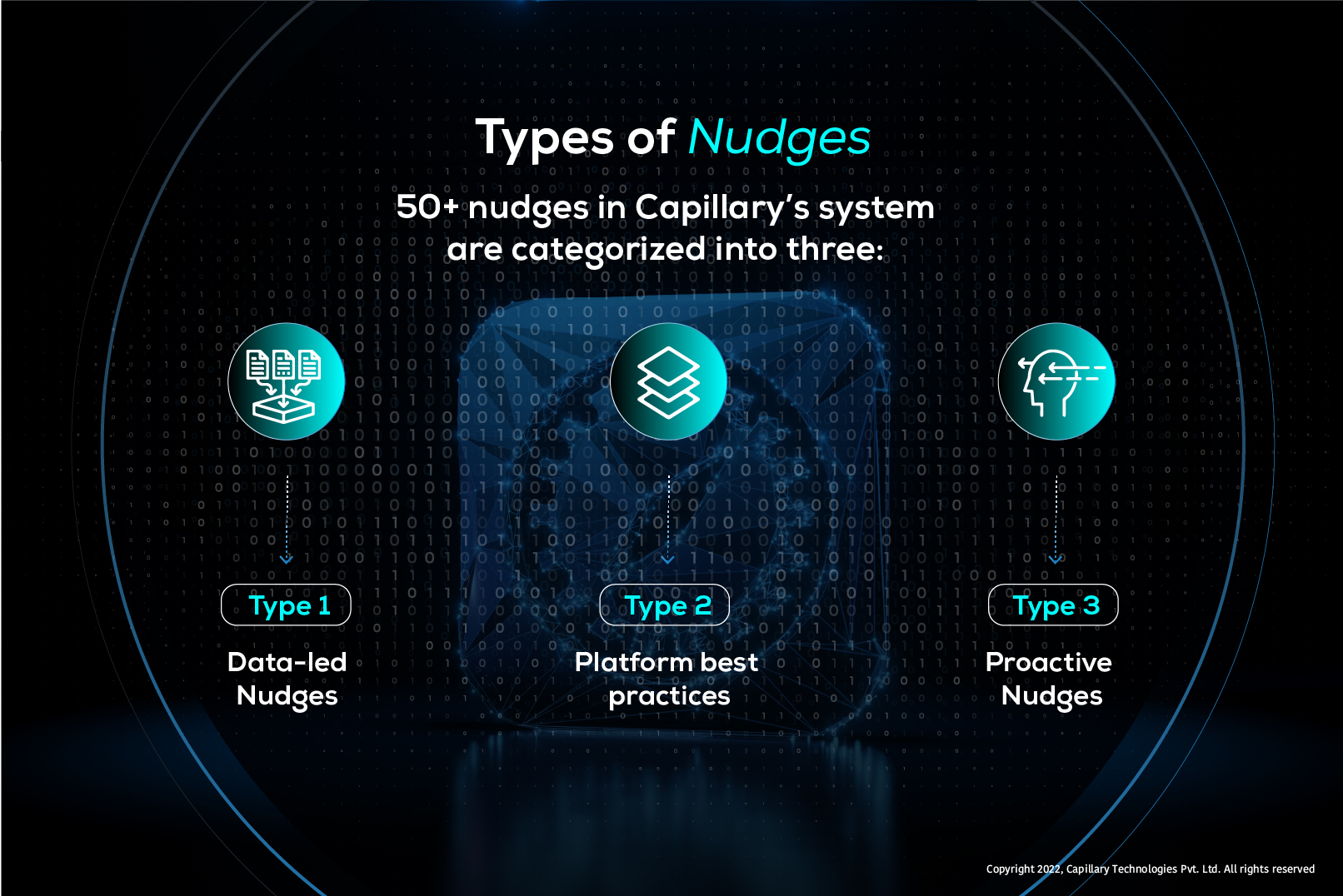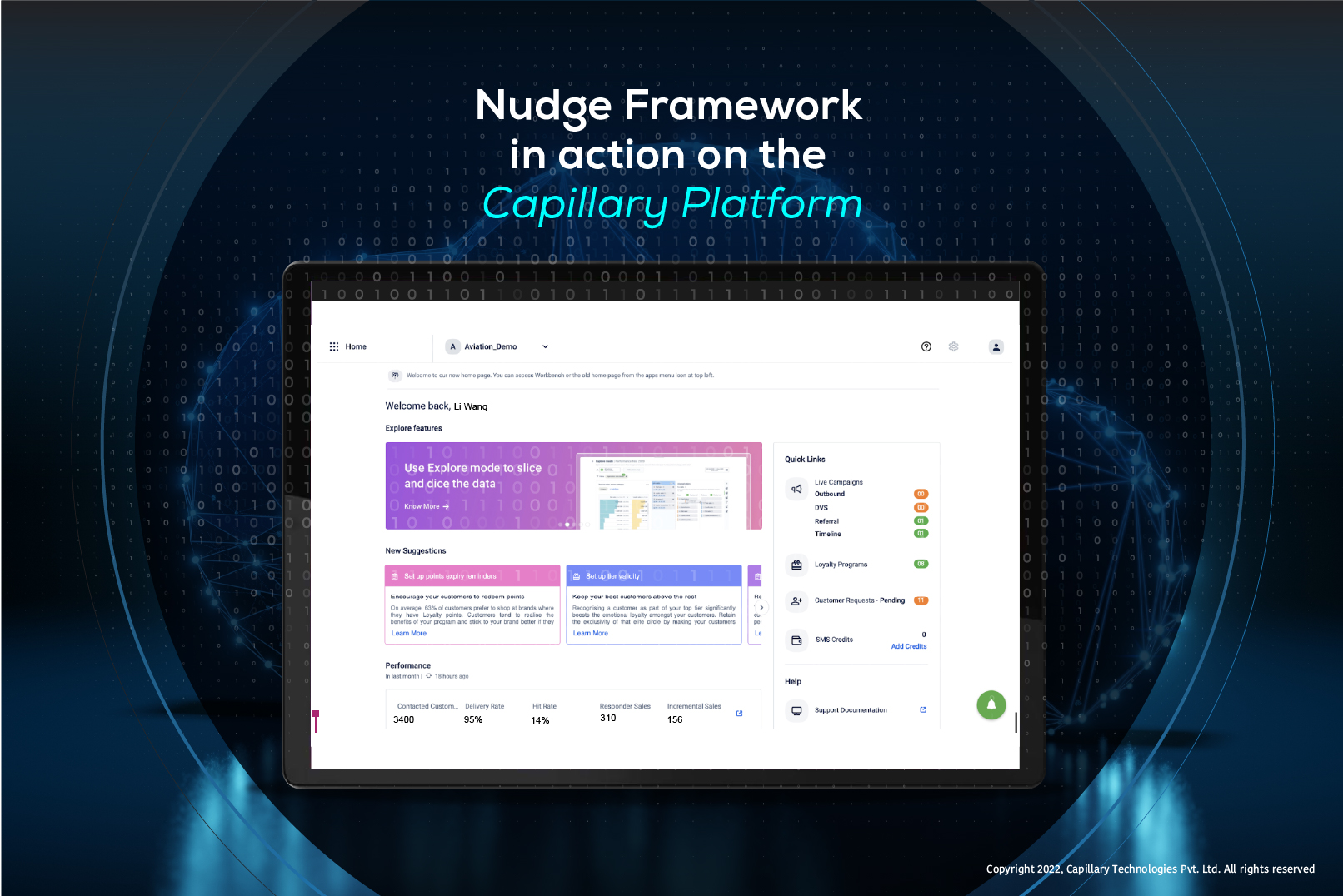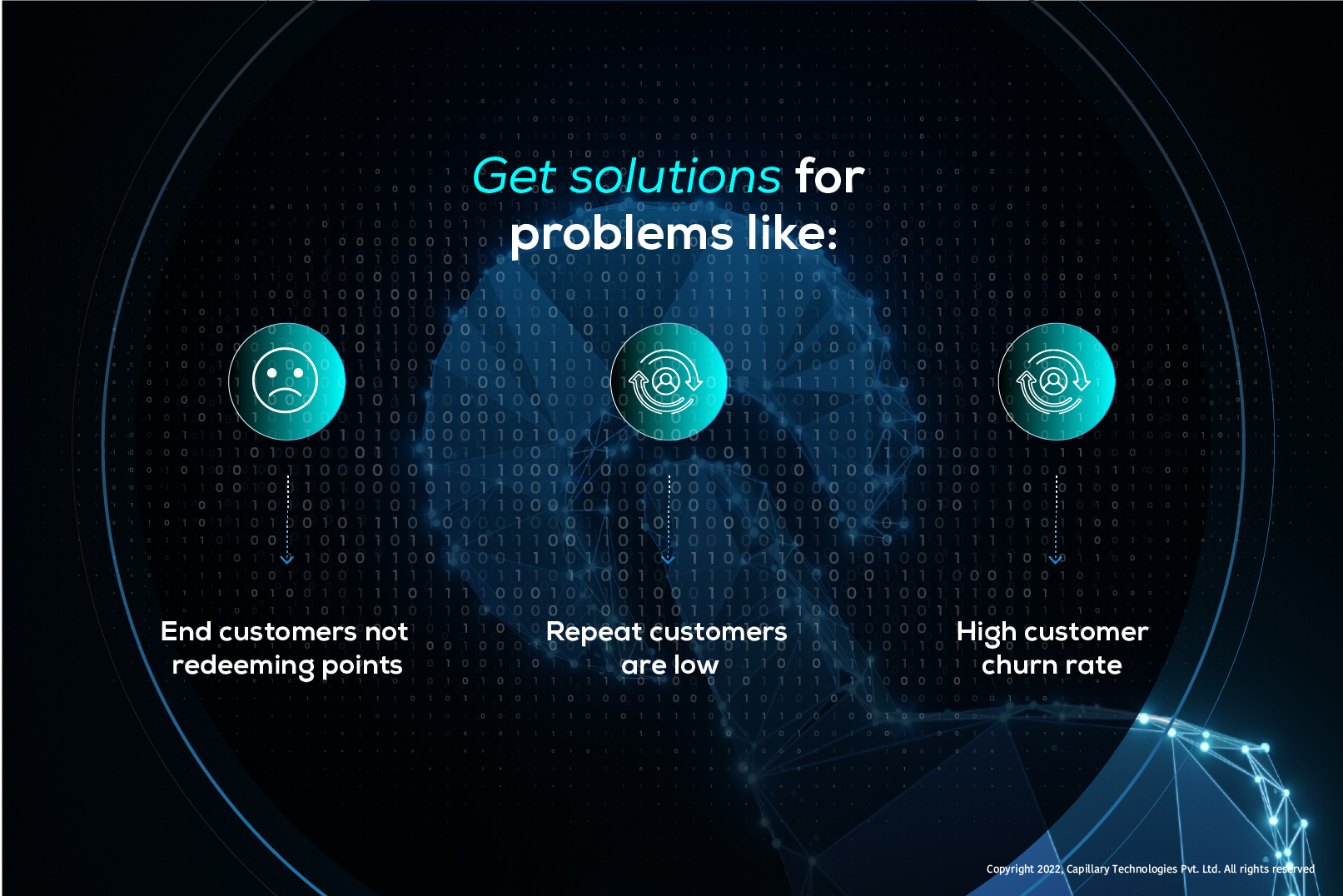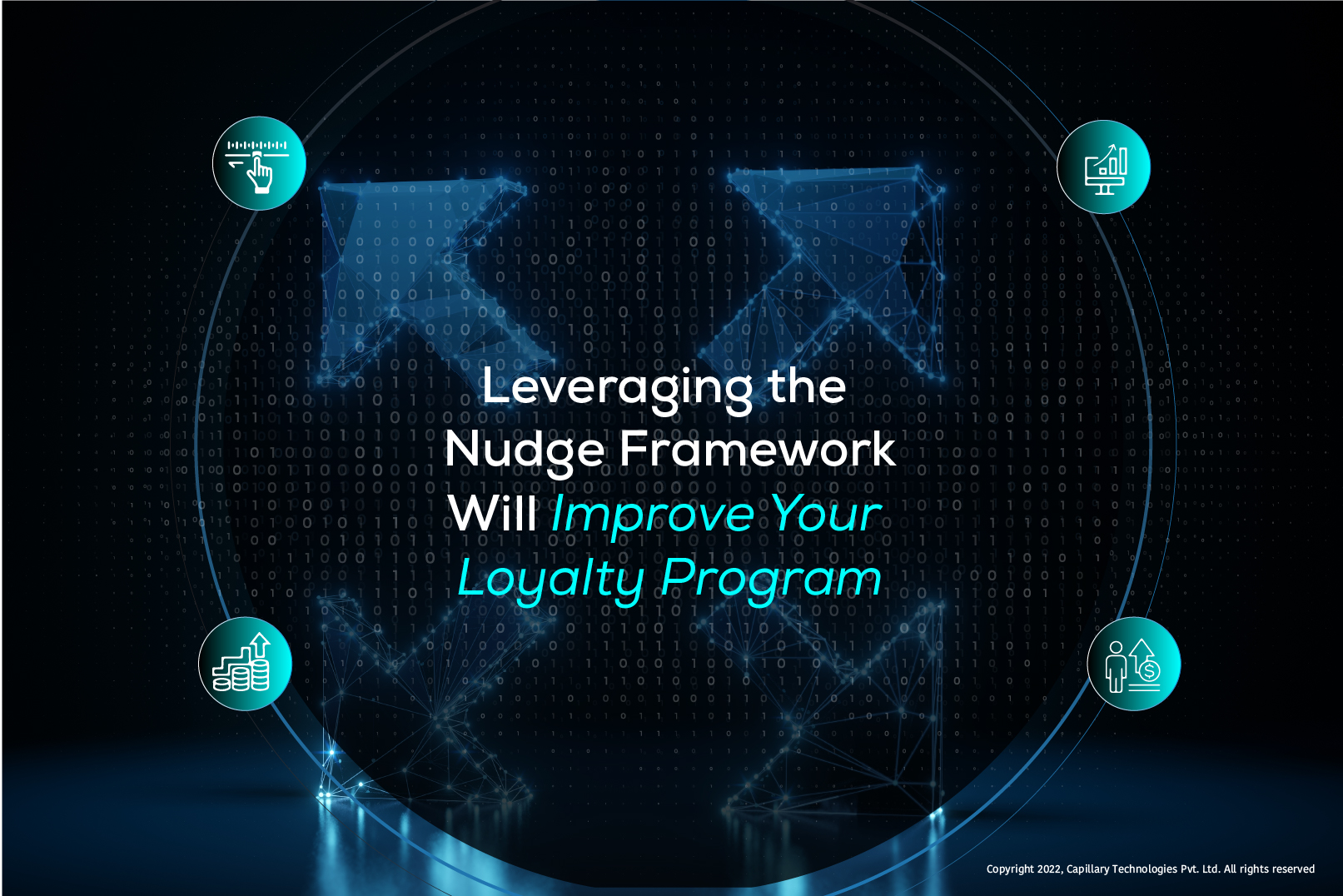Consumer personalization has been talked about for quite some time. Jessica Liu’s article on Forrester opens on an interesting note, “This is the paradox of personalization: Consumers both want it and despise it.” And this is absolutely true. As a consumer, we’ve all been hassled by incessant emails and notifications from brands trying to sell a product. At times, these are useful and present a great deal but sometimes, it’s just annoying!
And as a marketer, this is the thin line with which one is always toying. On the one hand, there is the pressure of increasing toplines which would push marketers to communicate aggressively, and on the other hand, there is the risk of losing customers. At Capillary, we’ve developed aiRA (Artificially Intelligent Retail Analytics) over the years to answer this conundrum.
Headless AI platform for intelligent audience segmentation
Too much data can also become a problem. As a marketer, what one needs is clean, accurate data with insights to run targeted campaigns. This is the secret to a successful marketing program. Working with hundreds of brands, we’ve touched more than 875 million end customers across the globe, giving us a great foundation to build intelligence. Our team of data scientists has come up with various models which are the heart of aiRA that provide next-gen capabilities.
As an enterprise brand, you know your goals. With aiRA, we can model the requirements to achieve your goals in the best possible way. aiRA can be trained on consumer data by using a specific model and desired results can be achieved. To give an example, we’ll run through some of the models:
Crystal-gaze into when a customer would transact!
The ‘transaction prediction’ filter is like a magic filter that can predict when is a particular customer likely to transact (buy/sell). Through this filter, marketers can select the period (in the number of days) they want to consider for predicting the transaction probability of customers. For example, one can include customers predicted to shop in the next 7, 15, and 30 days.
Kill customer churn with ‘lapsation period’ prediction
It’s always great to have flags about a customer because many a time, one doesn’t know what is bothering a customer. The ‘lapsation period’ filter takes into consideration several user actions and on the basis of aiRA modeling, it can predict when a customer would lapse. This option lets you get the customers with a maximum or minimum probability of stopping transactions with the brand. The marketer can design a campaign to reduce churn and increase CLTV (customer lifetime value).
Predict time slots when a customer likes to shop
Many times, a customer gets annoyed because of the time of communication. Although there are industry-benchmarked suggested time slots, each individual can have a different preference. And this is where aiRA’s hyper-personalization comes in handy. This filter helps you build an audience group with customers that are likely to transact during the selected day(s), hour range, or week(s) of a month. This filter also helps to achieve higher incremental sales of the brands.
Which store does a consumer prefer?
Enterprise brands have multiple stores and multiple products. In the age of omnichannel fulfillment, it is critical to have all data in sync. Has a consumer browsed for something on your website and is s/he passing by a store of his or her choice? If this is the case, how about notifying them with a real-time offer? This is what the ‘store prediction’ and ‘product prediction’ filter allows you to do.
The store prediction filter helps you build an audience group with customers that are likely to transact at a store, zone, or concept. And the product prediction filter helps you build an audience group with customers that are likely to purchase products using product categories.
aiRA – Delivering Foresight, Not Just Insights
Capillary’s end-to-end platform is a suite of products like Loyalty+, Engage+, Insights+, and Anywhere Commerce+. Underlying all of this is the Capillary CDP (customer data platform) which is powered by aiRA (artificial intelligence framework).
The entire platform unifies customer data from various sources like online stores, offline stores, kiosks, and other 3rd party sites. This unified data is then converted into a 360° customer view through rules & heuristic algorithms as a part of aiRA and then delivered as actionable insights or foresight to the marketer via Capillary’s suite of products.
A Scale-Ready Solution
Capillary has worked with retail giants for more than a decade and this has led to an intelligent platform that is designed for scale:
- The platform grows with your business needs
- Intelligent fraud detection technology deployed to detect the possibility of fraud at an early stage
- No-code, self-managed tool which is easy to use for marketers
- Trained across verticals for specific use cases
Deliver Personalization at scale with aiRA
One of the biggest challenges a brand faces with respect to personalization is to deliver it at scale. Although standardization is required for any kind of scaling, it is artificial intelligence and machine learning which lets systems personalize at scale.
We’ve made giant strides in the digital age but AI is still an evolving technology and holds immense possibilities. aiRA is our bet on personalization at scale through AI and it has already shown early signs of success. Several brands have used AI-powered filters to improve segmentation and deliver highly personalized experiences to their customers.
Sign up for a demo right away!
1.How does Capillary’s AIRA enhance consumer personalization?
Capillary’s AIRA uses AI and machine learning to analyze customer data, predict preferences, and deliver personalized experiences that resonate with individual consumers.
2.What are the benefits of using AI-driven personalization for businesses?
AI-driven personalization helps businesses increase customer engagement, improve conversion rates, and boost customer loyalty by delivering relevant and timely content.
3.How can businesses implement Capillary’s AIRA for effective personalization?
Businesses can implement Capillary’s AIRA by integrating it with their existing CRM systems, utilizing its predictive analytics capabilities, and continuously monitoring and refining personalization strategies.
4.What challenges does Capillary’s AIRA address in consumer personalization?
Capillary’s AIRA addresses challenges such as data silos, scalability, and the need for real-time personalization, providing businesses with a comprehensive solution for personalized customer engagement.
5.Why is consumer personalization important for business growth?
Consumer personalization enhances customer experience, increases satisfaction and loyalty, and drives sales, contributing significantly to overall business growth
.
